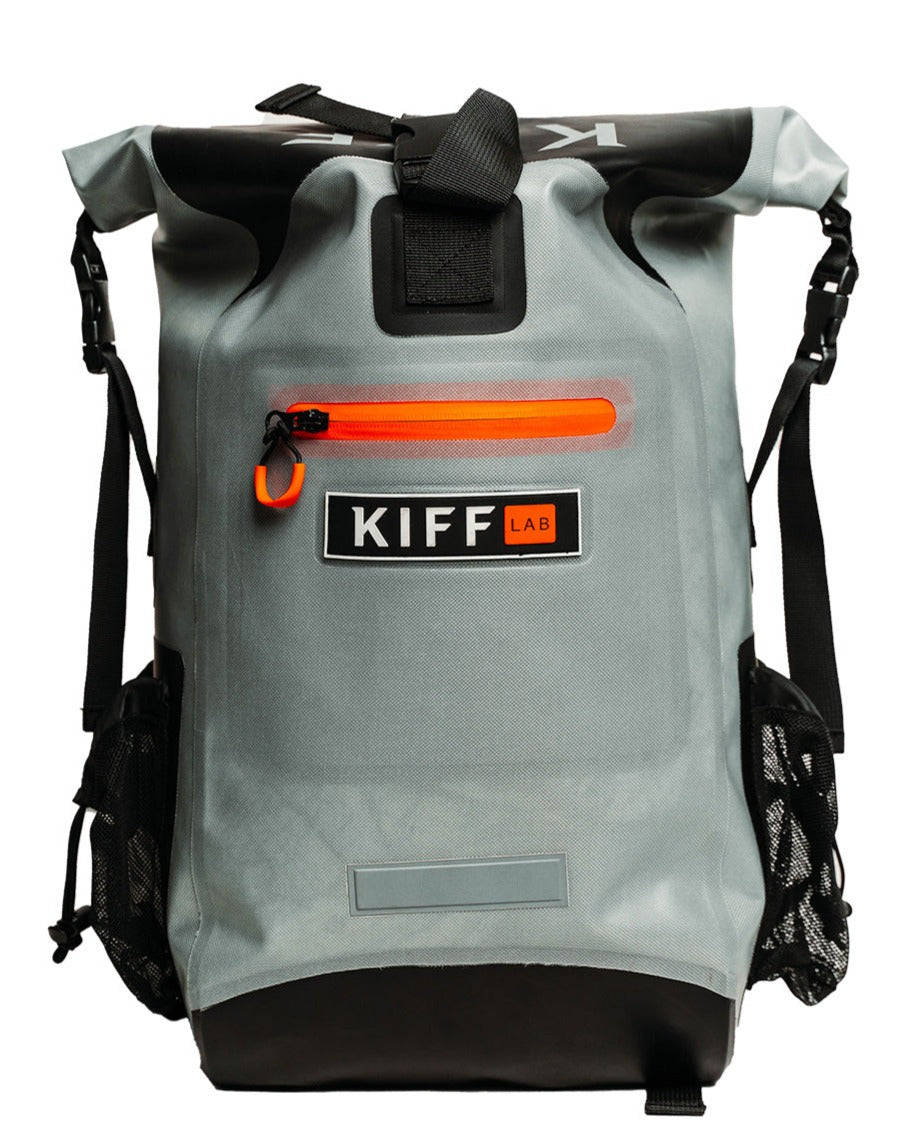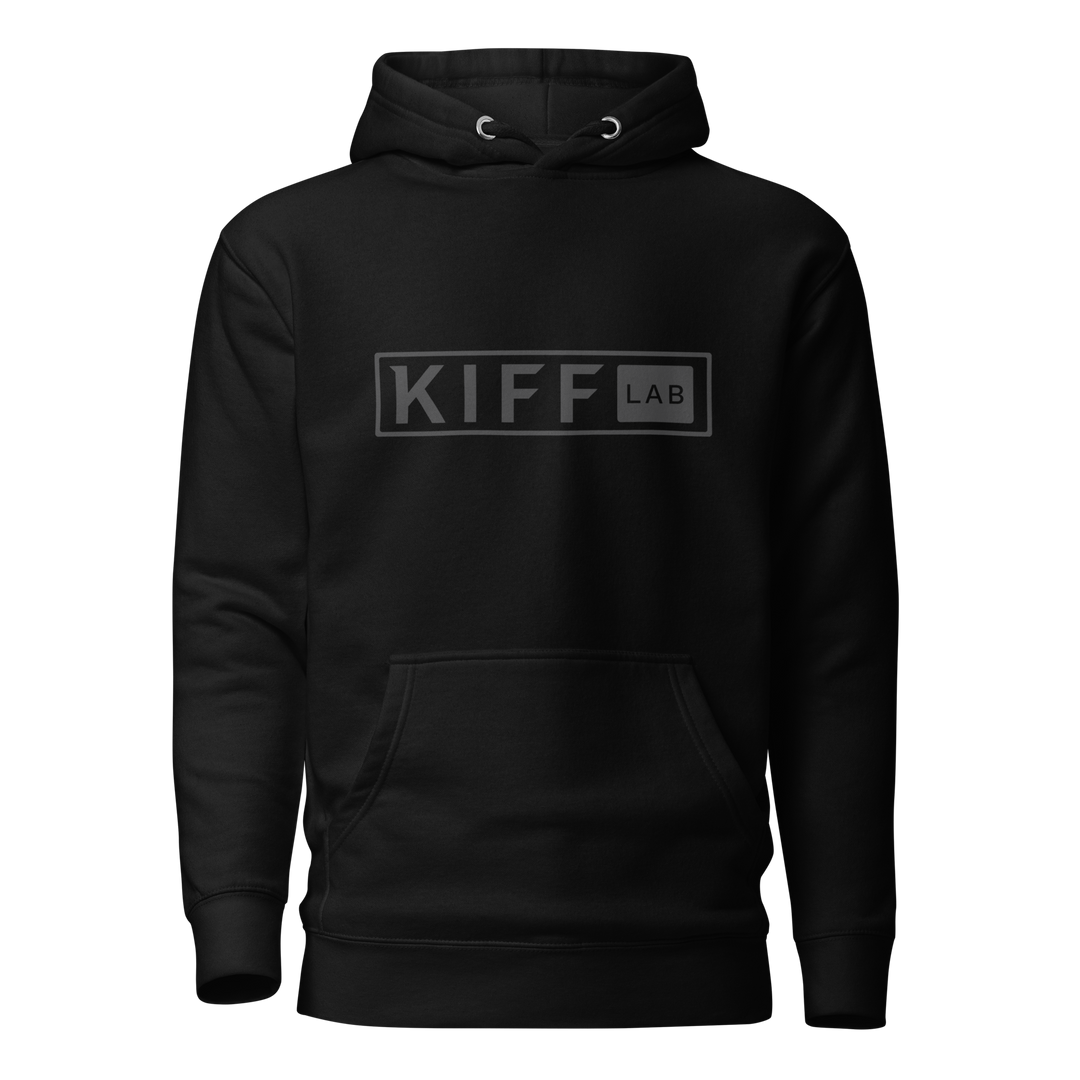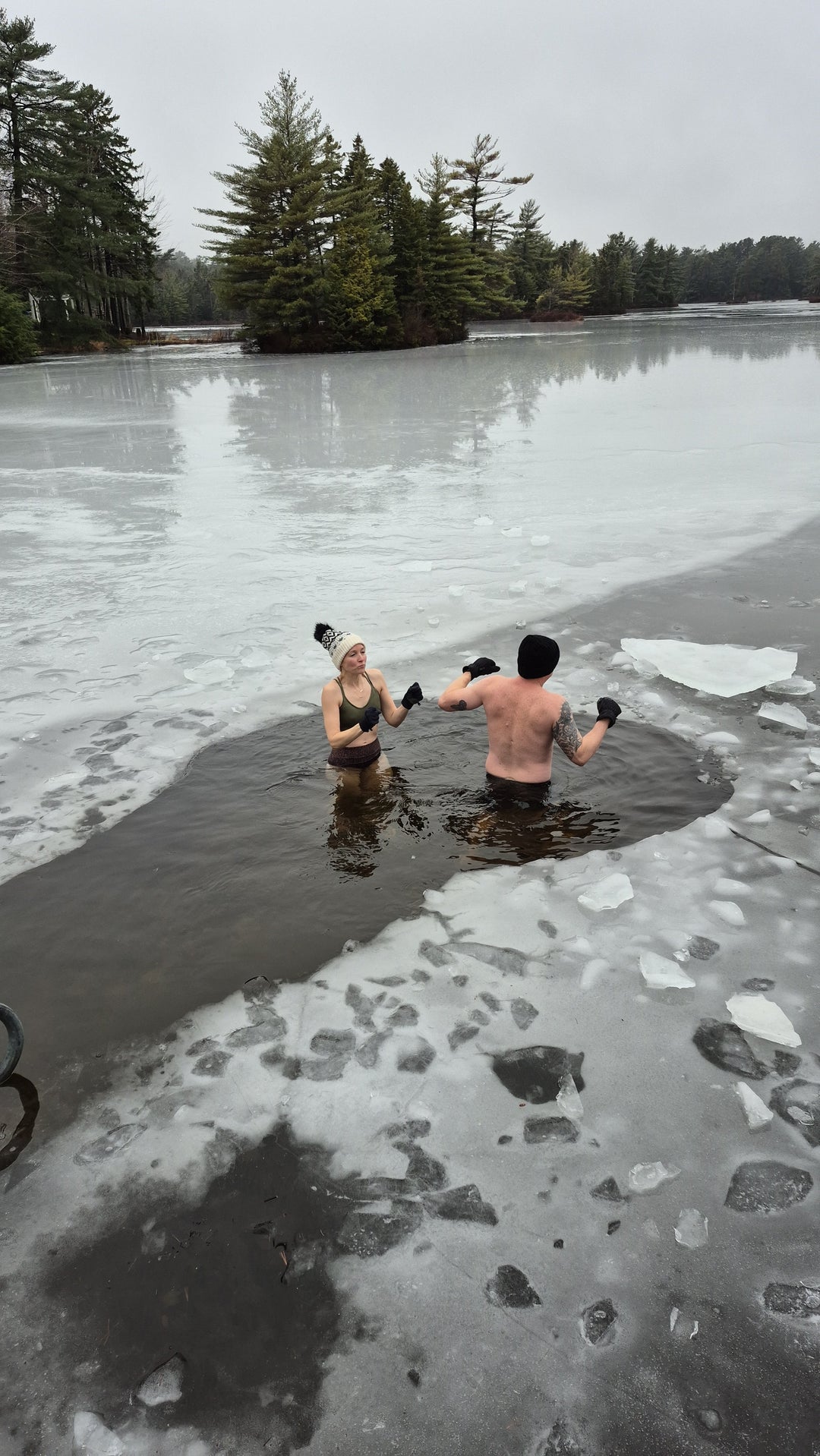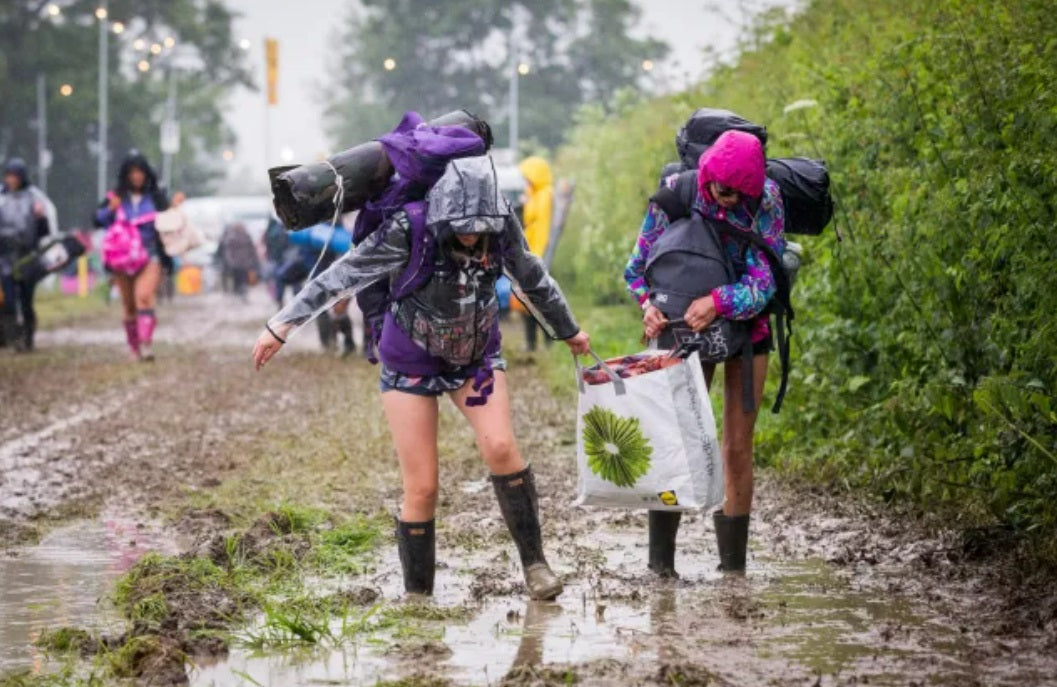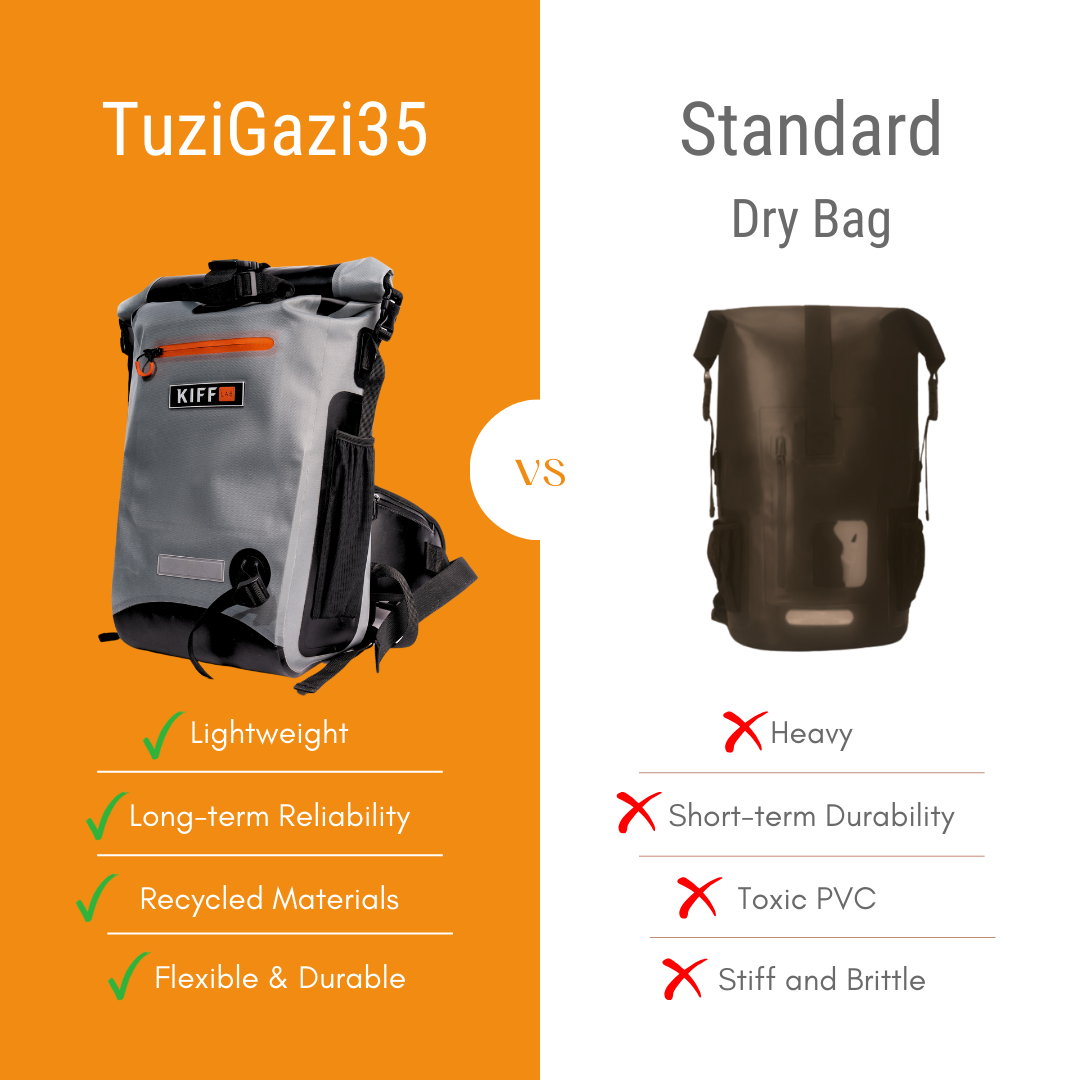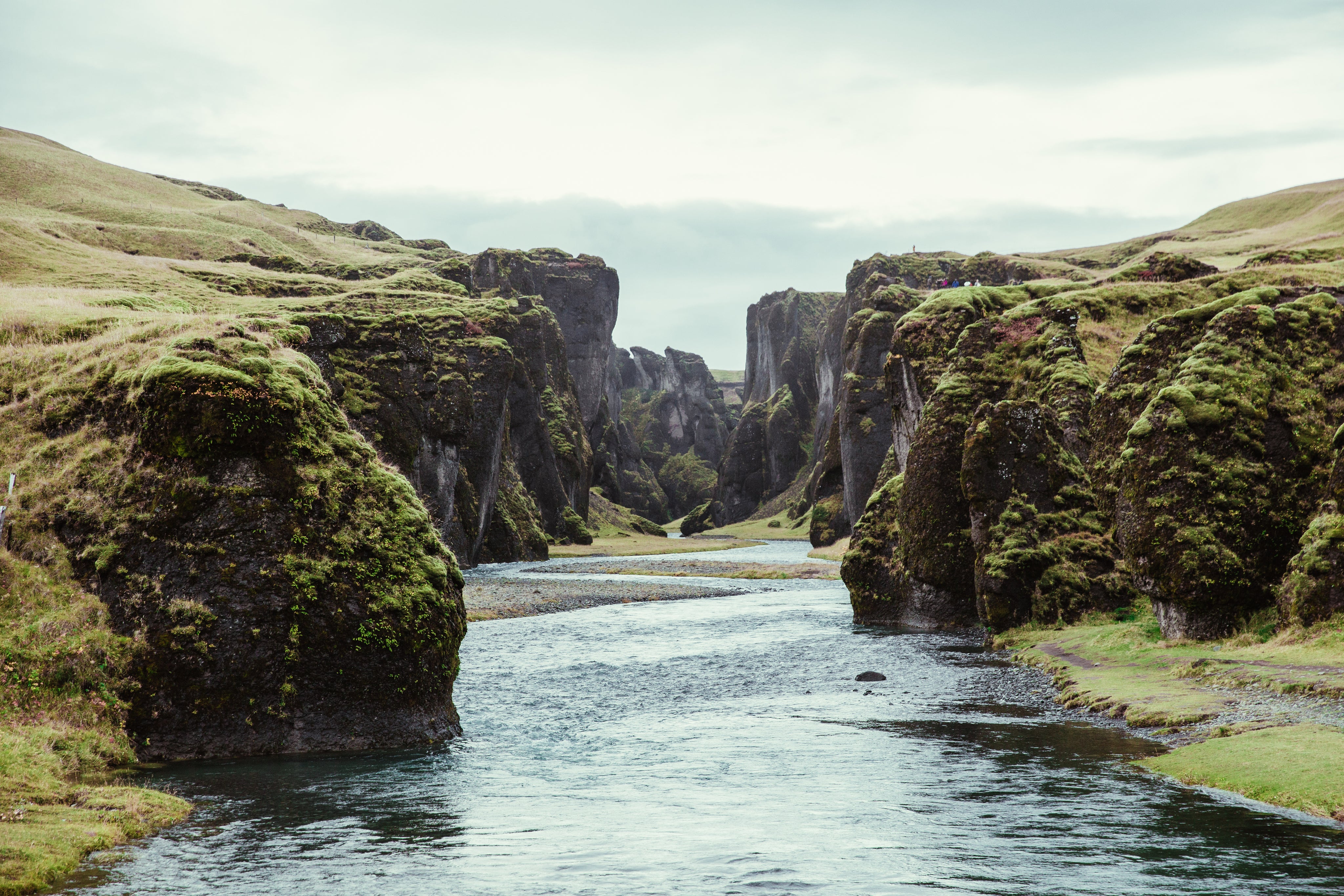Essential River Terms for Kayakers
Introduction to River Kayak Terms
River kayaking is a fun outdoor sport that allows you to navigate through fast-flowing rivers, conquer rapids, and immerse yourself in the beauty of nature. Whether you are a beginner or an experienced kayaker, understanding river terminology is essential for your safety and enjoyment on the water.
In this blog, we will introduce you to some key concepts and terms specific to river kayaking. By familiarizing yourself with these terms, you will gain a better understanding of how rivers work and the techniques required to navigate them effectively.

River Currents
Understanding river currents is fundamental in river kayaking. Currents refer to the flow of water in a river, which can range from slow and gentle to fast and turbulent. Rivers can have different types of currents, such as:
- Swiftwater: Fast-moving water typically found in rapids. It requires paddling skill and proper maneuvering techniques.
- Eddy: A calm spot behind an obstruction, often created by rocks or river bends. Eddies provide a safe haven where kayakers can relax, rest, or plan their next move.
- Whitewater: Water that appears white due to turbulence caused by rocks, drops, or other obstacles. Whitewater is commonly found in rapids and requires advanced paddling skills to navigate safely.
River Hazards
Rivers can present various hazards that kayakers need to be aware of to ensure their safety. Some common river hazards include:
- Rocks and Obstacles: Large or submerged rocks, fallen tree branches, and other obstacles can pose a significant danger to kayakers. It is crucial to navigate around these obstacles or have the skills to maneuver over or around them safely.
- Strainers: Strainers refer to branches, debris, or vegetation in the water that can trap a kayaker. These hazards can be dangerous, as they can hinder a paddler’s movement and potentially lead to entrapment or capsize.
- Low-head Dams: Low-head dams are artificial structures across a river that can create strong hydraulic currents. They pose a serious risk due to the potential for entrapment and drowning. It is essential to avoid them or portage around them entirely.
Navigation Techniques
Navigating a river requires specific techniques to ensure efficient and safe travel. Some important techniques include:
- Ferrying: Ferrying is a technique used to cross a river at an angle, using the current to carry you across without being swept downstream. It is an essential skill for navigating rapids or reaching points on the opposite riverbank.
- Eddy Turns: Eddy turns are maneuvers used to enter or exit eddies. By paddling into the current at the right angle and timing, you can use the eddies strategically to rest or plan your next move.
- Reading Water: Reading water refers to the ability to identify and interpret the river’s characteristics, such as rapids, eddies, and currents. Understanding water patterns can help you choose the best route, avoid hazards, and make informed decisions while kayaking.

Understanding River Terms
As a kayaker, it is essential to familiarize yourself with the terminology used in river navigation. This will not only enhance your understanding of the sport, but it will also help you communicate effectively with other kayakers and river guides. Here are some key terms you should know:
- Eddy: An eddy is a calm area of water typically found downstream of obstacles, such as rocks or logjams. These areas can provide kayakers with a temporary rest or a place to regroup before continuing downstream.
- Rapid: A rapid refers to a section of the river where the current is faster and more turbulent. Rapids are typically classified based on their difficulty level, with Class I being the easiest and Class VI being extremely dangerous and suitable only for expert kayakers.
- Strainer: A strainer is an obstacle, such as fallen trees or debris, that allows water to pass through but can trap kayakers. It is essential to avoid strainers as they can be hazardous, potentially causing entrapment or injury.
- Eskimo Roll: An Eskimo roll is a technique used to right a capsized kayak without exiting the boat. It involves a series of hip and paddle movements, allowing the kayaker to come back to an upright position.
- Hydraulic: Also known as a “hole” or “stopper,” a hydraulic refers to a feature in the river where water flows back upstream, creating a recirculating current. These can be dangerous and should be approached with caution.
- Put-in and Take-out: The put-in refers to the location where kayakers enter the river, while the take-out is the designated spot where they exit. Knowing the locations of these points is crucial for planning your river journey.
- River Gauge: A river gauge is a device used to measure the flow or depth of a river. Monitoring river gauges can give kayakers valuable information about the current conditions, such as water level and speed.
- Tubing: Tubing involves using an inflatable inner tube to navigate down the river. It is a popular recreational activity, particularly on calmer sections of the river.
- Whitewater: Whitewater refers to the section of the river where the water is highly aerated and turbulent, often creating a frothy appearance. It is the preferred environment for kayakers and rafters seeking an adrenaline rush.
Knowledge about the unique characteristics and current conditions of the river you plan to kayak on is key.
Essential Gear Terms for River Kayaking
Having the right gear is essential for your safety and enjoyment on the water. The following list will outline some of the must-have items that every river kayaker should consider:
- Kayak: The first and most obvious piece of gear you will need is a kayak. It is important to choose a kayak that is suitable for river kayaking, with features such as a durable construction, good maneuverability, and stability. There are different types of kayaks available, including sit-in and sit-on-top models, so choose one that suits your preferences and skill level.
- Paddle: A high-quality paddle is crucial for efficient paddling and control in the river. Look for a paddle that is lightweight, durable, and the right length for your height and kayak width. There are different blade shapes and materials to choose from, so consider your personal preference and budget when selecting a paddle.
- Personal Flotation Device (PFD): A PFD is a must-have safety item for every kayaker, especially in river environments. It is crucial to choose a PFD that is specifically designed for kayaking and offers a comfortable fit. Ensure that it is properly worn and adjusted to provide adequate buoyancy and support in case of an accident.
- Helmet: River kayaking can involve navigating through rough water and potential hazards, making a helmet an essential piece of gear. Look for a helmet that is designed for whitewater kayaking, with a secure fit and adequate impact protection. It should cover your temples, forehead, and back of the head for maximum safety.
- Spray Skirt: A spray skirt is used to keep water out of the cockpit of your kayak, providing protection against waves and splashes. It helps to keep you dry and your kayak buoyant. Choose a spray skirt that is compatible with your kayak’s cockpit size and offers a tight, secure fit.
- KiffLab dry Bag: Keeping your personal belongings dry is important while on the river. A dry bag is a waterproof bag that will protect your valuables, such as your phone, wallet, and extra clothing, from getting wet. KiffLab's range of Kayak dry bags are durable, easy to seal, and have sufficient carrying capacity for your needs. Explore kayaking dry bag options here.
- Bilge Pump: A bilge pump is a handy tool for removing excess water from your kayak. It can be useful in situations where your kayak takes on water from waves or rapids. Look for a pump that is compact, easy to use, and has a good pumping capacity.
- Throw Bag: A throw bag is a rescue device that consists of a rope coiled inside a bag. It is used to throw to someone in the water who needs assistance. Having a throw bag and knowing how to use it can be crucial in emergency situations on the river.
Remember, having the right gear is essential, but it is equally important to have the knowledge and skills to use it effectively. Make sure to undergo proper training and familiarize yourself with the gear before hitting the river.
Basic Paddling Technique Terms
These techniques will help you propel your kayak, maintain control, and respond to various water conditions. Here are some essential paddling techniques to hone:
- Forward Stroke: The forward stroke is the foundation of kayaking. To perform this stroke, sit upright with good posture and extend your arms forward. With a relaxed grip on the paddle, submerge the blade fully in the water near your toes. Rotate your torso and engage your core muscles as you pull the paddle through the water, finishing the stroke by slicing the blade out horizontally at hip-level. Repeat the motion on the opposite side to maintain a straight course.
- Reverse Stroke: The reverse stroke allows you to slow down or change direction. To execute this stroke, reach back diagonally across the side of the kayak with the paddle blade near the stern. Push the blade away from the kayak, using your torso rotation and core muscles. This stroke is particularly useful when maneuvering around obstacles or eddying out.
- Sweep Stroke: The sweep stroke helps you turn your kayak efficiently. Start by placing the paddle in the water at a comfortable distance from the kayak’s bow, angled away from the hull. Use a sweeping motion, reaching towards the stern, and complete the stroke by bringing the paddle out and away from the kayak. The power for this stroke comes from your arms and torso rotation. By varying the sweep stroke, you can make sharper or wider turns.
- Draw Stroke: The draw stroke allows you to move your kayak sideways without turning. To perform this stroke, place the paddle blade perpendicular to the kayak’s side, near your hips. With the blade fully submerged, pull the paddle towards the kayak’s hull while maintaining a stable body position. This stroke is particularly useful when avoiding obstacles or positioning your kayak precisely.
- Brace Stroke: The brace stroke is vital for maintaining stability and preventing capsizing. If your kayak starts to tip, use the brace stroke to regain stability. Keep your upper hand positioned above shoulder level while extending your lower arm fully. Place the paddle angle down into the water on the side you are bracing. Apply downward pressure to keep the kayak upright. This technique requires quick reactions and strong core engagement.
Developing strong paddling techniques will enhance your control and confidence on the river.
Understanding River Classifications
Rivers are classified based on their difficulty, from Class I to Class VI:
- Class I (Easy): These are calm waters with minimal obstacles, perfect for beginners or a relaxed paddling experience.
- Class II (Novice): Featuring straightforward rapids with some waves and rocks. They require basic maneuvering skills but are generally manageable.
- Class III (Intermediate): These waters have moderate waves and may require complex maneuvers. Suitable for paddlers with good control over their boats.
- Class IV (Advanced): Characterized by intense, powerful currents and rapid sections. Requires precise boat handling and quick decision-making. Scouting is often necessary.
- Class V (Expert): These are long, complex, and dangerous rapids, suitable only for expert paddlers. They require advanced skills and thorough scouting.
- Class VI (Extreme): The most challenging and seldom attempted rapids, only suitable for teams of highly skilled experts under favorable conditions.
You have now mastered the essential river terminology that every kayaker should know. However, like any skill, mastering river terminology requires ongoing practice and application to truly become second nature. Here are a few suggestions for further practice:
- Join a kayaking club or group: Joining a kayaking club or group not only gives you the opportunity to meet like-minded kayakers but also provides a platform for practicing river terminology in real-world scenarios. Participate in group outings, training sessions, and river trips to continually reinforce your understanding of the terminology.
- Take advanced kayaking courses: Consider enrolling in advanced kayaking courses offered by reputable institutions or experienced instructors. These courses often delve deeper into river knowledge, including more specific terminology, advanced paddling techniques, and river rescue skills. By continuously challenging yourself with more complex material, you can enhance your proficiency and confidence on the water.
- Study river guidebooks and maps: Familiarize yourself with river guidebooks and maps specific to your area of interest. These resources contain valuable information about rivers, their features, and the associated terminology. Take the time to study the maps, understand the descriptions, and visualize the various elements discussed. This will help you better comprehend the geographic features and anticipate any challenges you may encounter while kayaking.
- Practice situational awareness: In addition to terminology, developing strong situational awareness is crucial for safe and enjoyable kayaking. Continually assess your surroundings, including river conditions, weather, and potential hazards. By staying vigilant and attuned to your environment, you can make informed decisions and respond effectively to changing circumstances.
As you spend more time on the water and engage with fellow kayakers, your understanding of "river speak" will deepen, and your confidence will grow. Always prioritize safety while enjoying the thrill of kayaking, and never hesitate to seek guidance from experienced kayakers or professional instructors.
Equipped with this understanding and reliable gear like KiffLab’s Kayaking dry bags and backpacks, you're set for a rewarding journey on the river.




